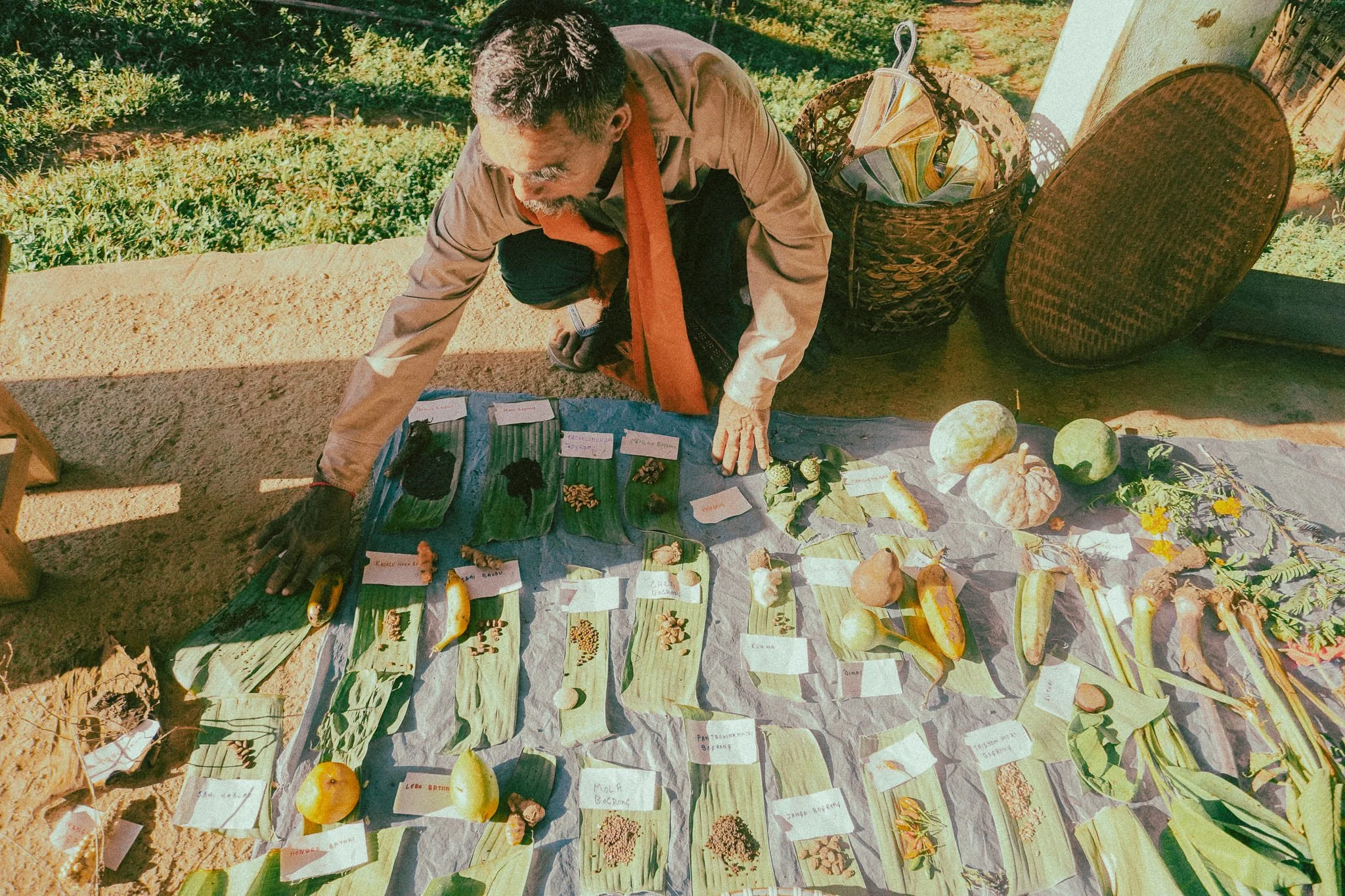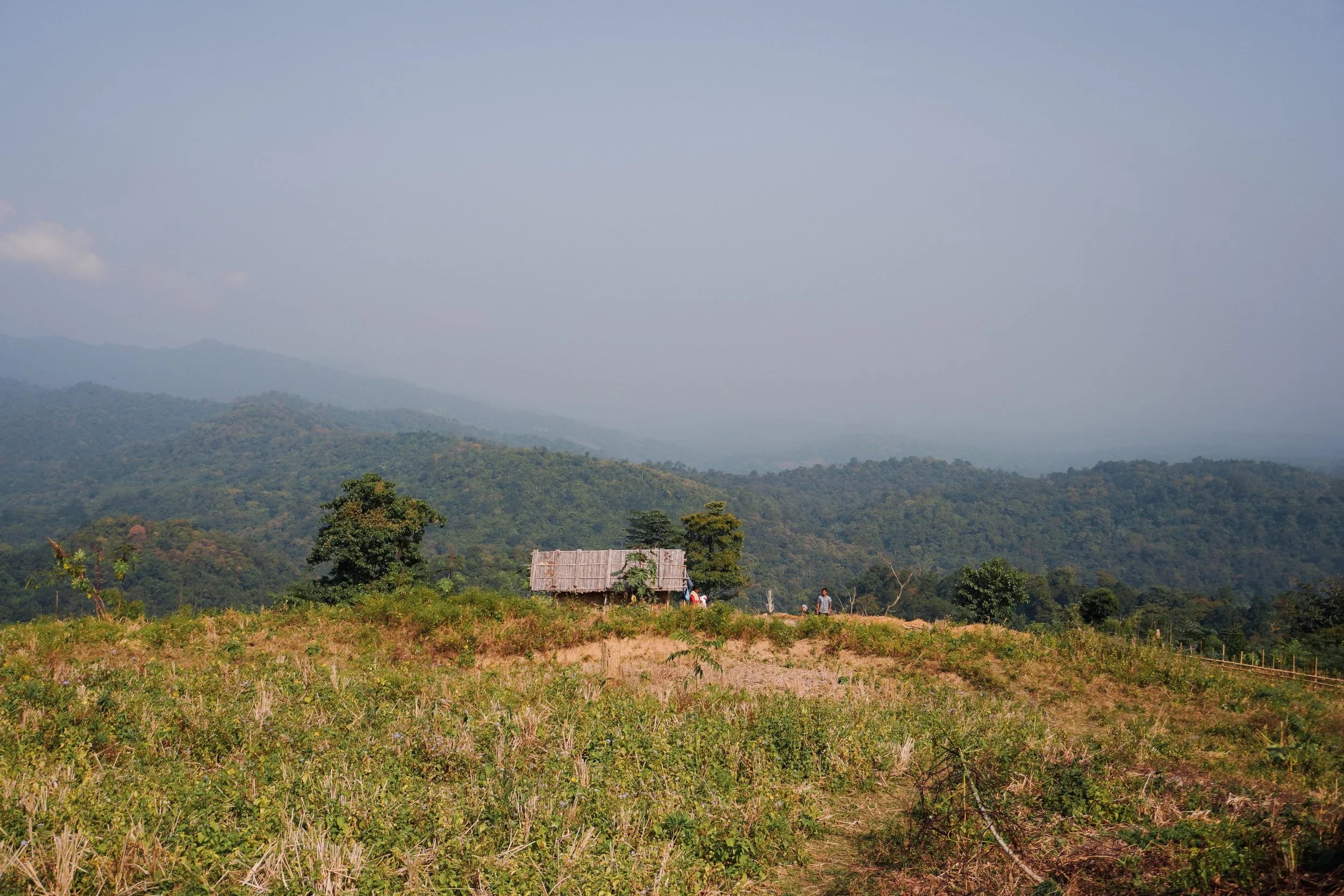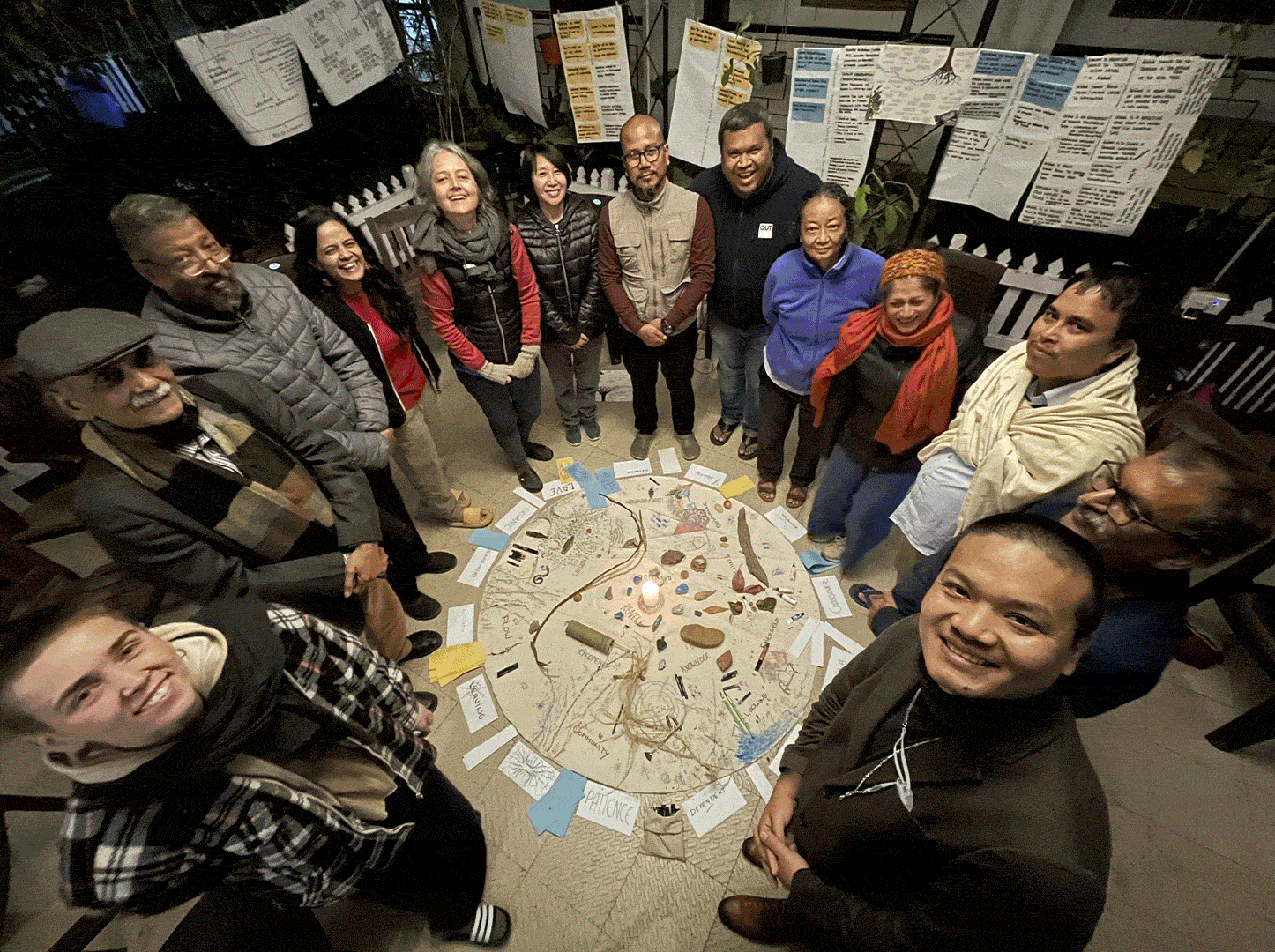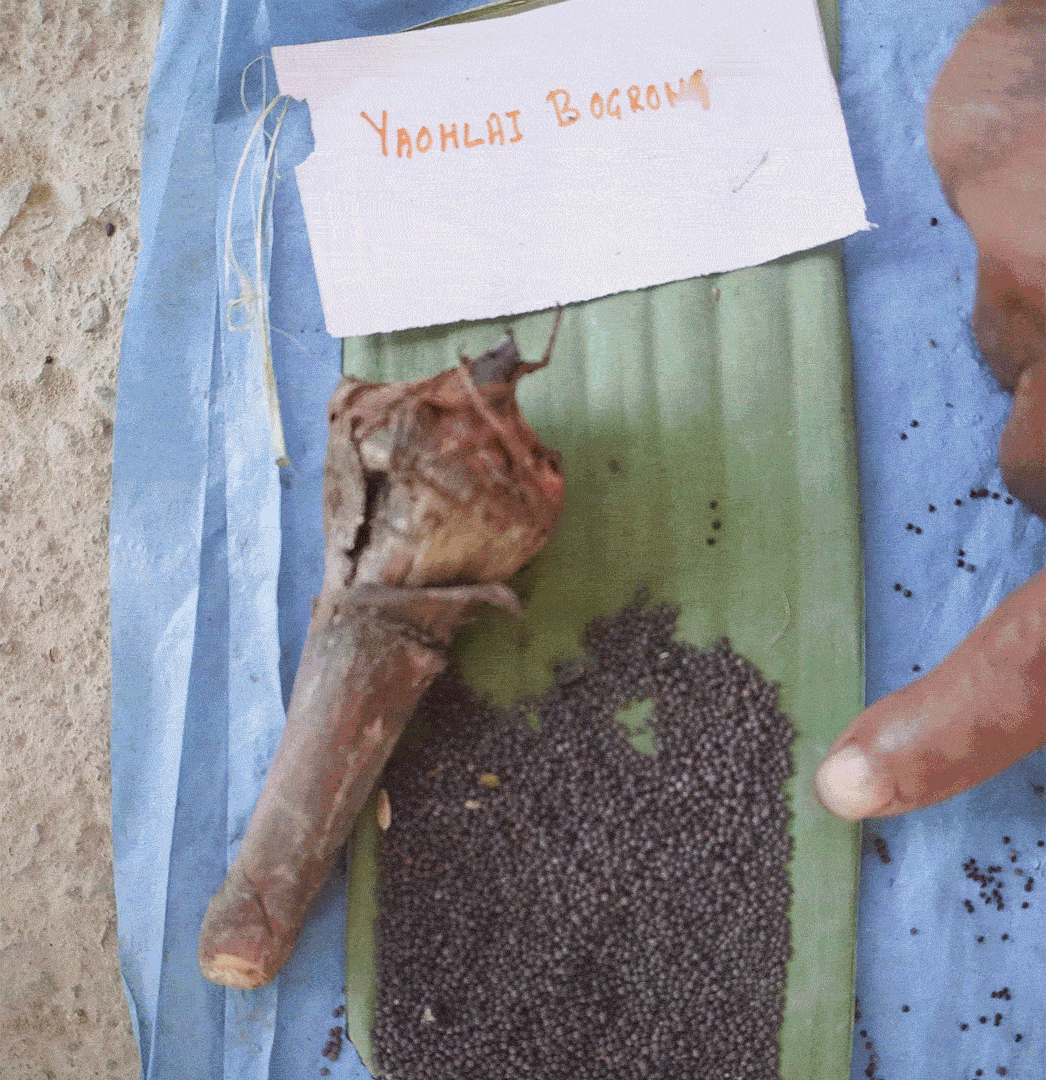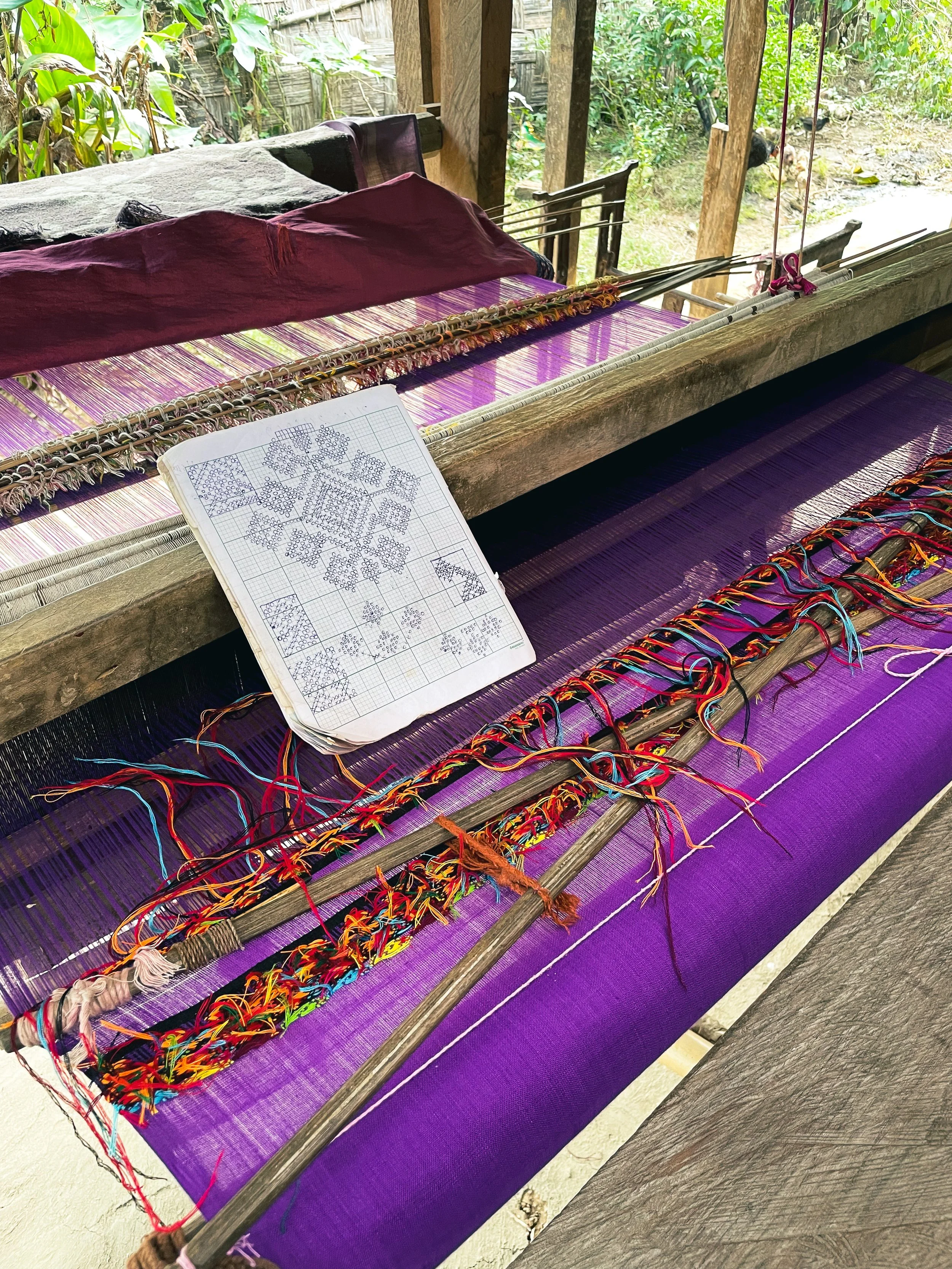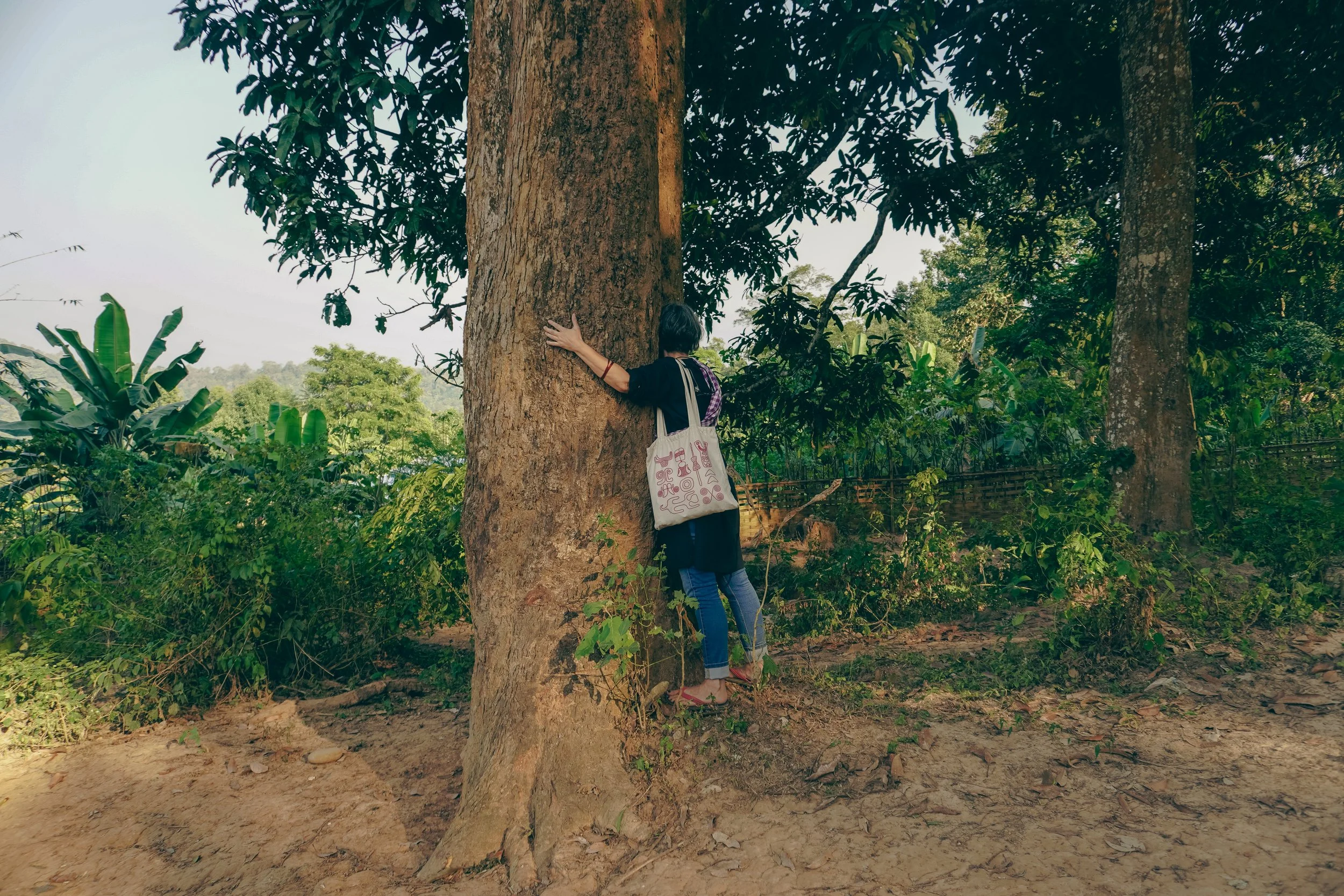Far from the Forest
Learning to live with nature through indigenous wisdom in a disconnected world.
My parents grew up in Guwahati, Assam, and by extension, so did I. Any rural roots our family might have had were quietly traded for city life, leaving me with little more than second-hand impressions of village living — most of them courtesy of books and films. You know the ones: wide-eyed children chasing cows, kindly elders doling out wisdom by the fire, and a pastoral simplicity that seems plucked from a dream.
As I grew older and began travelling, I realised just how misleading those portrayals were. Instead, I witnessed a farmer explaining how he reads the land like a book. A grandmother passing down a folktale about a forest spirit, revered and feared. A community leader fighting to protect ancestral lands from corporate encroachment. And farmers in occasional conflict with wildlife. Real villages are complex, layered and alive in ways that no movie montage could capture.
“Colonialism didn’t just steal land - it rewrote the story of nature. It taught us to see the Earth as something to dominate, not something to belong to. The fight for decolonization is the fight to unlearn this lie and rebuild our relationship with the planet.”Embracing the 'deSchool' movement to allow ourselves to decolonize.
Education, as we know it today, is often about ticking boxes. You go to school, memorize facts, take exams, and earn your accolades. But is this the only way to learn? What about all the wisdom that doesn't come from textbooks - like how to read the sky for weather signs, or, how to grow food in harmony with the land? That’s where the deSchool movement comes in. It’s not about abandoning education but about questioning the structures we take for granted and finding new ways to learn, often inspired by the past.
The deSchool movement encourages us to unlearn rigid and institutionalized methods of education. It asks us to reconnect — with indigenous knowledge systems, oral traditions, ecological wisdom, and above all, with each other. Because these forgotten ways hold the answers to some of today’s biggest challenges: climate change, inequality, even our collective burnout.
The curious case of Northeast India
In a country like India that has always struggled to fully understand the diversity of its Northeastern region, and at a time when the people of this region are on the brink of losing touch with their roots, Heinrich Böll Stiftung steps in with this powerful tool. Their deSchooling process consists of gatherings or workspaces, bringing together diverse voices to weave and develop a rich, pluriversal understanding of nature and community. They have captured one of these workspaces beautifully in a film.
Throughout this film, the team immerses themselves in the intimate spaces of the community – homes, kitchens, shared conversations – observing and questioning assumptions we often take for granted.
The film challenges the stereotype that indigenous communities are "stuck in the past."
Far from it. These communities are incredibly adaptive, seamlessly blending old and new in ways that ensure survival while preserving identity. It’s a kind of resilience that feels increasingly rare, and one we could all stand to learn from.
Three impactful lessons I took away from the film.
Lesson 1:
The misunderstood practice of Jhum cultivation
Jhum cultivation, often misunderstood and unfairly criticised, is a traditional agricultural practice rooted in sustainability and balance. This method involves clearing a patch of forest land, burning the vegetation to enrich the soil with nutrient-rich ash, and cultivating multiple crops simultaneously. After a few years of use, the land is left fallow to regenerate naturally, while the community moves on to a new plot.
At its core, jhum is a sophisticated practice that reflects a profound understanding of nature. It maintains ecological balance, promotes biodiversity, and showcases a deep symbiosis between indigenous communities and their environment.
Unlike commercial farming, which often focuses on monoculture – growing just one crop per plot – jhum cultivation can support over 50 different crops on a single piece of land. This diversity not only ensures food security but also protects against pests and diseases, making it inherently resilient.
Criticism of jhum often points to deforestation and soil erosion. However, these issues arise not from the practice itself but from the pressures of the modern world, such as increased population density, reduced land availability, and the demand for higher agricultural output.
When practised within its traditional framework, jhum is a regenerative system, designed to give as much back to the earth as it takes. It is a reminder that sustainability isn’t a new concept – it is one that many indigenous traditions have quietly championed all along.
It is often referred to as the slash-and-burn technique, a term I’ve never been a fan of. If we’re going to assign morbid vocabulary, we might as well call commercial farming the chemical-overuse-and-farmer-debt technique.
Lesson 2:
Voices of the land, and why we need to save them.
In a world dominated by written records, oral traditions often remain undervalued. Yet, these traditions, stories, songs, idioms, and rituals, serve as profound reservoirs of wisdom, especially in fostering harmony between humans and nature.
In Assam’s Dima Hasao district, the Dimasa people demonstrate this beautifully. Their term for the forest, “hagra,” translates to "elderly land." This isn’t just a poetic metaphor but a worldview that sees the forest as an ancestor, worthy of respect and nurturing. In contrast to mainstream perceptions of forests as resources for exploitation, the Dimasa perspective reveals a relationship of reverence and interdependence.
The village of Samparidisa embodies this philosophy:
“Hading always talk with us,
Offers us thought for becoming sager;
Abong and Diyung instill us courage to lead the life;
Daikhu and Madaikhu are sentinel for us;
We live in the midst of them from time immemorial to add towards heavenly peace in the world!”
Here,
Hading is the name of the hills located in the village;
Abong - one of the tributary of Diyoung river following through the village;
Diyung - one of the important river of Dima-Hasao, Assam
Daikhu - Sacred Groves located in the confluence of Abong and Diyung River;
Madaikhu - Sacred Groves located within the village near to the settlement area,
For the people here, natural elements like the hills, rivers and sacred groves are not just physical landmarks but spiritual guides, protectors, and symbols of intergenerational wisdom.
The misconception that oral societies are inferior to literate ones persists, yet this notion is deeply flawed.
Oral cultures have their own intricate systems for preserving knowledge, often through folk songs, stories, idioms, and even textile motifs. Unlike written societies, these methods create a holistic, communal approach to knowledge-sharing, where the entire society participates in maintaining its legacy.
Studies by scholars worldwide debunk the hierarchy between oral and literate societies, showing that oral cultures are equally capable of thriving and preserving knowledge. From the Aboriginal dreamtime stories of Australia to the Griots of West Africa, oral traditions have shaped civilizations and sustained ecosystems for millennia.
The loss of oral traditions threatens humanity’s knowledge about the earth as a whole. Every language, idiom, and song carries a worldview — an understanding of the world rooted in lived experience.
In preserving these voices, we are not just safeguarding stories but the very fabric of sustainable living and ecological harmony. In a world facing unprecedented environmental crises, perhaps it’s time we listened to the voices of the land – the stories they tell and the wisdom they carry.
Lesson 3:
Living with nature, even when you are miles away from it.
For some communities, living with nature isn’t a philosophy but a way of life. A Hindu community who doesn’t worship idols but nature and her spirits, has woven its existence into the rhythm of the rivers. They believe they once changed the course of the mighty Brahmaputra not through machinery, but with the melody of the serja, a traditional string instrument akin to a violin. This is not just a tale of harmony – it’s a reflection of their profound belief that everything in nature is alive.
For them, the river has a spirit, as do the trees and the forests. But this isn’t a romanticized connection seen from the sterile distance of urban study rooms. Their relationship with nature is authentic — filled with care, respect, and even occasional conflict, much like relationships with family or friends. There’s no pretence, only an honest acknowledgement of their dependence on the natural world.
This sense of balance is vividly illustrated in a Dimasa village, where 32 families live sustainably, needing little from the outside world beyond oil and salt. What the world is desperately trying to reinvent as “sustainable living” already exists as a living tradition in these communities.
Yet, the misconception persists that only rural and indigenous communities rely on forests for their livelihoods. This belief, often repeated in school textbooks, perpetuates the illusion that urban lives are somehow separate from nature. But what do our lives truly depend on? Clean air, water, and fertile land – the very elements forests provide, are as vital to city dwellers as they are to villagers. Acknowledging this shared dependence is key to reshaping how we think, act, and live.
Living in harmony with nature doesn’t require proximity to a forest; it requires keeping nature at the forefront of our minds, conversations, and actions. It’s not about returning to ancient ways but learning from those who never lost their connection.
Indigenous communities remind us that sustainability isn’t a trend; it’s a relationship — honest, mutual, and rooted in respect. If we adopt this understanding, we might finally learn to live not just on this planet but with it.
Starting the New Year with 'deSchooling'
deSchooling isn’t about rejecting everything you know. It’s about making room for what you don’t. Let’s make this year about recognizing that education doesn’t just happen in classrooms; it happens every time you step outside, every time you have a conversation, every time you open yourself up to something new.
Learn more about deSchool: https://deschoolne.com/
Learn more about Heinrich Böll Foundation's work in India: https://in.boell.org/en
